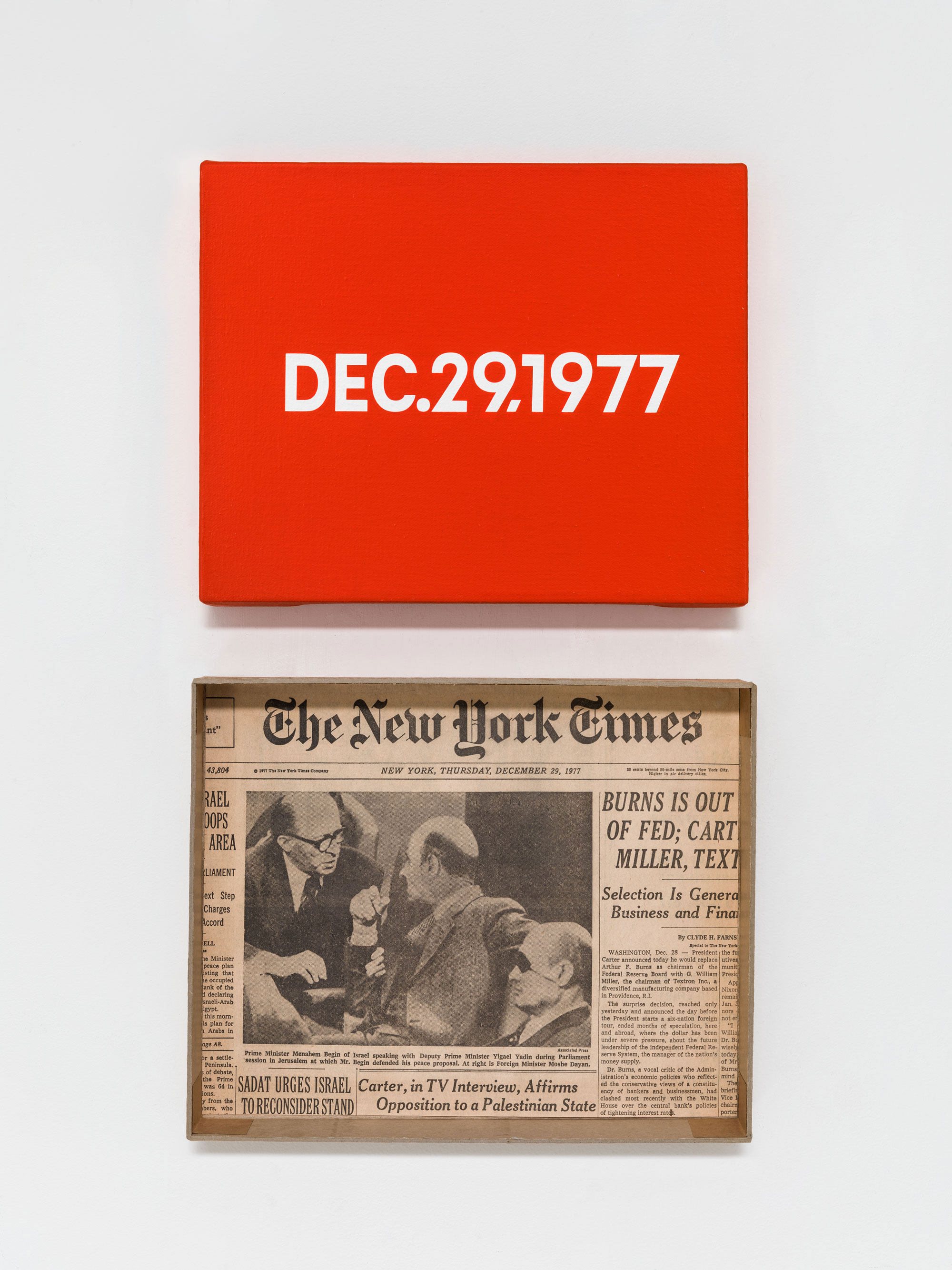Vingt mille lieues sous les mersz
Les faits relatifs à cette apparition, consignés aux divers livres de bord, s'accordaient assez exactement sur la structure de l'objet ou de l'être en question, la vitesse inouïe de ses mouvements, la puissance surprenante de sa locomotion, la vie particulière dont il semblait doué. Si c'était un cétacé, il surpassait en volume tous ceux que la science avait classés jusqu'alors. Ni Cuvier, ni Lacépède, ni M. Dumeril, ni M. de Quatrefages n'eussent admis l'existence d'un tel monstre — à moins de l'avoir vu, ce qui s'appelle vu de leurs propres yeux de savants.
A prendre la moyenne des observations faites à diverses reprises — en rejetant les évaluations timides qui assignaient à cet objet une longueur de deux cents pieds et en repoussant les opinions exagérées qui le disaient large d'un mille et long de trois — on pouvait affirmer, cependant, que cet être phénoménal dépassait de beaucoup toutes les dimensions admises jusqu'à ce jour par les ichtyologistes — s'il existait toutefois.
Or, il existait, le fait en lui-même n'était plus niable, et, avec ce penchant qui pousse au merveilleux la cervelle humaine, on comprendra l'émotion produite dans le monde entier par cette surnaturelle apparition. Quant à la rejeter au rang des fables, il fallait y renoncer.
En effet, le 20 juillet 1866, le steamer Governor-Higginson, de Calcutta and Burnach steam navigation Company, avait rencontré cette masse mouvante à cinq milles dans l'est des côtes de l'Australie. Le capitaine Baker se crut, tout d'abord, en présence d'un écueil inconnu ; il se disposait même à en déterminer la situation exacte, quand deux colonnes d'eau, projetées par l'inexplicable objet, s'élancèrent en sifflant à cent cinquante pieds dans l'air. Donc, à moins que cet écueil ne fût soumis aux expansions intermittentes d'un geyser, le Governor-Higginson avait affaire bel et bien à quelque mammifère aquatique, inconnu jusque-là, qui rejetait par ses évents des colonnes d'eau, mélangées d'air et de vapeur.
Conrad Ferdinand Meyer
Die Reise des Herrn Waser, erstes Kapitel
Die Mittagssonne stand über der kahlen, von Felshäuptern umragten Höhe des Julierpasses im Lande Bünden. Die Steinwände brannten und schimmerten unter den stechenden senkrechten Strahlen. Zuweilen, wenn eine geballte Wetterwolke emporquoll und vorüberzog, schienen die Bergmauern näher heranzutreten und, die <link https: de.wikipedia.org wiki conrad_ferdinand_meyer external-link-new-window internal link in current>Landschaft verengend, schroff und unheimlich zusammenzurücken. Die wenigen zwischen den Felszacken herniederhangenden Schneeflecke und Gletscherzungen leuchteten bald grell auf, bald wichen sie zurück in grünliches Dunkel. Es drückte eine schwüle Stille, nur das niedrige Geflatter der Steinlerche regte sich zwischen den nackten Blöcken und von Zeit zu Zeit durchdrang der scharfe Pfiff eines Murmeltiers die Einöde.
In der Mitte der sich dehnenden Paßhöhe standen rechts und links vom Saumpfade zwei abgebrochene Säulen, die der Zeit schon länger als ein Jahrtausend trotzen mochten. In dem durch die Verwitterung beckenförmig ausgehöhlten Bruche des einen Säulenstumpfes hatte sich Regenwasser gesammelt. Ein Vogel hüpfte auf dem Rande hin und her und nippte von dem klaren Himmelswasser. Jetzt erscholl aus der Ferne, vom Echo wiederholt und verhöhnt, das Gebell eines Hundes. Hoch oben an dem stellenweise grasbewachsenen Hange hatte ein Bergamaskerhirt im Mittagsschlafe gelegen. Nun sprang er auf, zog seinen Mantel fest um die Schultern und warf sich in kühnen Schwüngen von einem vorragenden Felsturme hinunter zur Einholung seiner Schafherde, die sich in weißen beweglichen Punkten nach der Tiefe hin verlor. Einer seiner zottigen Hunde setzte ihm nach, der andere, vielleicht ein altes Tier, konnte seinem Herrn nicht folgen. Er stand auf einem Vorsprunge und winselte hilflos.
Robinson Crusoe by Daniel Defoe
This work did not take me up less than three months, because a great part of that time was the wet season, when I could not go abroad. Within-doors, that is when it rained and I could not go out, I found employment in the following occupations - always observing, that all the while I was at work I diverted myself with talking to my parrot, and teaching him to speak; and I quickly taught him to know his own name, and at last to speak it out pretty loud, "Poll," which was the first word I ever heard spoken in the island by any mouth but my own. This, therefore, was not my work, but an assistance to my work; for now, as I said, I had a great employment upon my hands, as follows: I had long studied to make, by some means or other, some earthen vessels, which, indeed, I wanted sorely, but knew not where to come at them. However, considering the heat of the climate, I did not doubt but if I could find out any clay, I might make some pots that might, being dried in the sun, be hard enough and strong enough to bear handling, and to hold anything that was dry, and required to be kept so; and as this was necessary in the preparing corn, meal, &c., which was the thing I was doing, I resolved to make some as large as I could, and fit only to stand like jars, to hold what should be put into them.It would make the reader pity me, or rather laugh at me, to tell how many awkward ways I took to raise this paste; what odd, misshapen, ugly things I made; how many of them fell in and how many fell out, the clay not being stiff enough to bear its own weight; how many cracked by the over-violent heat of the sun, being set out too hastily; and how many fell in pieces with only removing, as well before as after they were dried; and, in a word, how, after having laboured hard to find the clay - to dig it, to temper it, to bring it home, and work it - I could not make above two large earthen ugly things (I cannot call them jars) in about two months' labour.
| No. | Apparition | Date | livre de bord |
|---|---|---|---|
| 666312 | puissance | 2.11.2012 | diverses reprises |
| 234566 | vitesse | 31.7.2010 | écueil inconnu |
| 300693 | locomotion | 22.12.2009 | distance de plus de sept cents lieues marines |
| 245364 | structure | 12.11.2006 | l'opinion publique |
Chapter IX: A Boat
But for an oven I was indeed in great pain. At length I found out an experiment for that also, which was this: I made some earthen-vessels very broad but not deep, that is to say, about two feet diameter, and not above nine inches deep. These I burned in the fire, as I had done the other, and laid them by; and when I wanted to bake, I made a great fire upon my hearth, which I had paved with some square tiles of my own baking and burning also; but I should not call them square.When the firewood was burned pretty much into embers or live coals, I drew them forward upon this hearth, so as to cover it all over, and there I let them lie till the hearth was very hot. Then sweeping away all the embers, I set down my loaf or loaves, and whelming down the earthen pot upon them, drew the embers all round the outside of the pot, to keep in and add to the heat; and thus as well as in the best oven in the world, I baked my barley-loaves, and became in little time a good pastrycook into the bargain; for I made myself several cakes and puddings of the rice; but I made no pies, neither had I anything to put into them supposing I had, except the flesh either of fowls or goats.It need not be wondered at if all these things took me up most part of the third year of my abode here; for it is to be observed that in the intervals of these things I had my new harvest and husbandry to manage; for I reaped my corn in its season, and carried it home as well as I could, and laid it up in the ear, in my large baskets, till I had time to rub it out, for I had no floor to thrash it on, or instrument to thrash it with.
Vingt mille lieues sous les mers
En effet, le 20 juillet 1866, le steamer Governor-Higginson, de Calcutta and Burnach steam navigation Company, avait rencontré cette masse mouvante à cinq milles dans l'est des côtes de l'Australie. Le capitaine Baker se crut, tout d'abord, en présence d'un écueil inconnu ; il se disposait même à en déterminer la situation exacte, quand deux colonnes d'eau, projetées par l'inexplicable objet, s'élancèrent en sifflant à cent cinquante pieds dans l'air. Donc, à moins que cet écueil ne fût soumis aux expansions intermittentes d'un geyser, le Governor-Higginson avait affaire bel et bien à quelque mammifère aquatique, inconnu jusque-là, qui rejetait par ses évents des colonnes d'eau, mélangées d'air et de vapeur.
- <link file:32 download internal link in current>42°15' de latitude nord, 60°35' de longitude à l'ouest
- <link file:32 download internal link in current>Vingt mille lieues sous les mers: 3
- <link file:32 download internal link in current>l'Angleterre, l'Amérique, l'Allemagne
- <link file:32 download internal link in current>Download File 2: Calcutta and Burnach steam navigation Company
Pareil fait fut également observé le 23 juillet de la même année, dans les mers du Pacifique, par le Cristobal-Colon, de West India and Pacific steam navigation Company. Donc, ce cétacé extraordinaire pouvait se transporter d'un endroit à un autre avec une vélocité surprenante, puisque à trois jours d'intervalle, le Governor-Higginson et le Cristobal-Colon l'avaient observé en deux points de la carte séparés par une distance de plus de sept cents lieues marines. Quinze jours plus tard, à deux mille lieues de là l'Helvetia, de la Compagnie Nationale, et le Shannon, du Royal-Mail, marchant à contrebord dans cette portion de l'Atlantique comprise entre les États-Unis et l'Europe, se signalèrent respectivement le monstre par 42°15' de latitude nord, et 60°35' de longitude à l'ouest du méridien de Greenwich.

